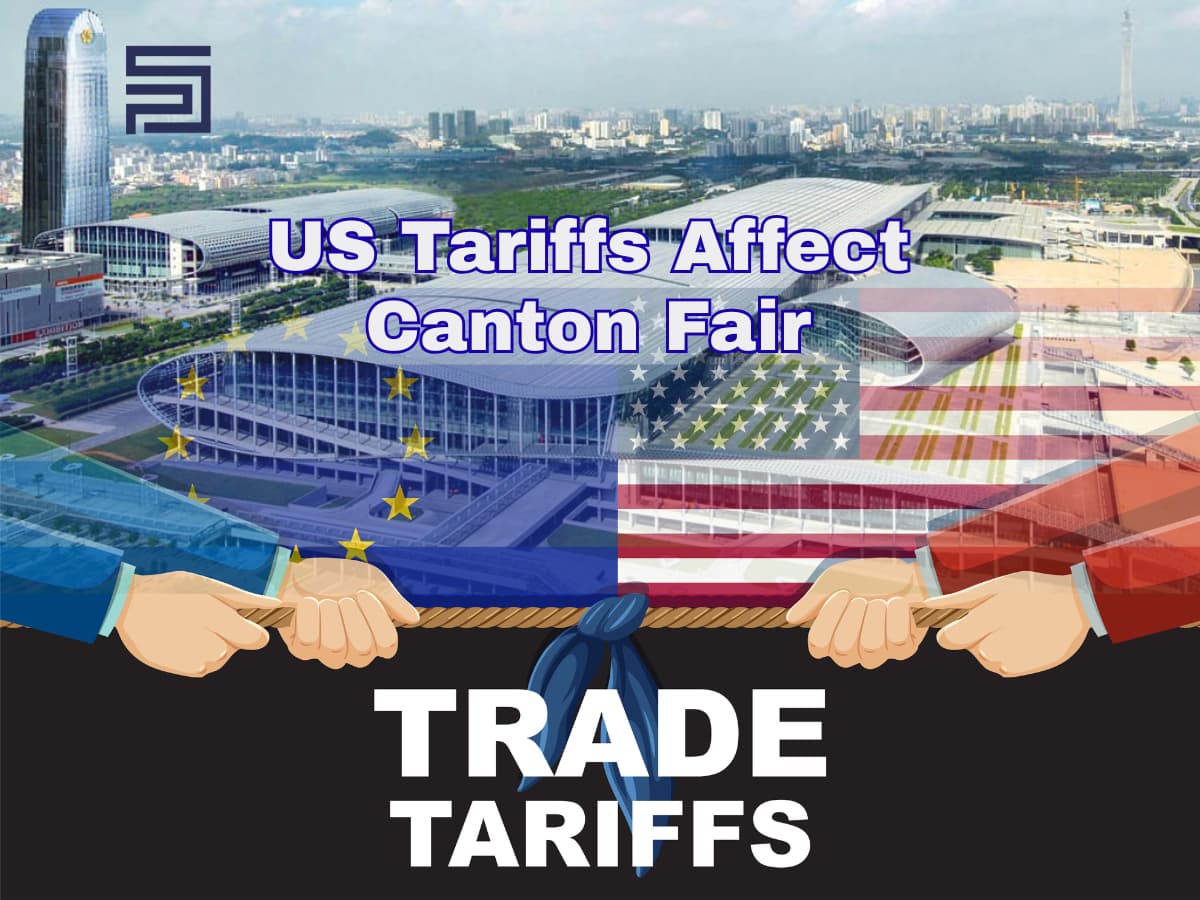As a result of the strategic position that the supply chain occupies in global economic growth and development, Supply Chain Risk has become one of the most important topics discussed globally because a supply chain risk is a risk to the economy.
It won’t be wrong to say that the supply chain industry is the life wire of every economy as it is embedded in every industry.
As businesses are beginning to recover from the pitfalls of the pandemic, conversations are being held, and measures are being taken to ensure that supply chain processes remain stable.
Top Supply Chain Risks
Risk cannot be totally eliminated from the supply chain process, and many factors are out of the control of industry players. However, a lot can be done to identify potential vulnerabilities that pose a risk to the survival of the supply chain and measures taken to mitigate them.
Before considering ways that such risks can be mitigated, it is important to look at the top supply chain risk situations.
1. Global and regional unrest:
In recent years, the world has witnessed various events that brought about global or regional unrest. We have seen wars, protests, and crises of different magnitudes in different parts of the world, and this has contributed to worldwide shortages in energy and raw materials, thereby negatively impacting supply chain production planning and logistics.
2. Natural disasters:
Natural occurrences and disasters like floods, earthquakes, hurricanes, and tsunamis, in most cases, cause disruption to the supply chain and could result in damage to goods, misplacement of goods, and delay in shipments.
3. Cybersecurity threats:
With the growth in the use of cyber technology in supply chain management comes an increase in attacks on supply chain cyber systems, leading to data breaches, fraudulent activities, and loss of sensitive data, causing disruption in the supply chain.
4. Climate-influenced occurrences:
Aside from the common natural disasters that we know, there are occurrences that are influenced by climatic conditions that have been posing major risks to the supply chain, like heat waves, wildfires, extreme weather conditions, etc.
Since the depletion of the ozone layer started, we have witnessed major extreme climatic conditions that caused major disruption in the supply chain.
5. Demand fluctuations:
In the current economic landscape, demand is no longer as stable as it was, as new products infiltrate the market daily, giving products a very short life cycle.
With the influence of social media in the marketing of products, market trends change quickly, and consumers are easily swayed to other products, leading to a reduction in consumer loyalty and rapid change in market trends, economic conditions, supply-demand imbalance, and inventory management problems.
6. Transportation/logistics disruptions:
A lot has been happening in the transportation aspect of the supply chain that has been impacting the supply chain negatively. Strikes by workers, port congestion and closures, insufficient capacity, and even accidents like the Ever-Given ship that ran aground at the Suez Canal are some of the transportation issues that have been a source of disruption to the supply chain, leading to delays and volatility of the supply chain.
7. Supplier/vendor-related risks:
Certain risks can be from the supplier and vendors, like quality issues, production timeline, lead time extension, supplier bankruptcy, and all these can disrupt the supply chain.
8. Regulatory factors:
Political instability, leading to trade disputes, sanctions, and changes in regulations, can introduce uncertainties and volatility in the supply chain. In response to global climate concerns, we’ve also seen growing complexity in environmental, social, and governance (ESG) regulations.
9. Products/raw material shortages:
The supply chain industry is also faced with the threat of a shortage of raw materials, leading to a shortage of finished goods, mostly as a result of global unrest and natural disasters that have ravaged the manufacturing and industrial sectors.
10. Inflation and economic downturn:
Many businesses today have become very careful with their investment out of fear of economic recession and inflation, leading to high costs of commodities, fuel, energy, labour, and business management.
Strategies for Mitigating Supply Chain Risks
1. Proper monitoring and understanding:
Monitor the risks: find out what they are, the factors that influence them, how they can impact your business, etc. A proper understanding of these risks will then help in planning and decision-making.
2. Prioritise potential risks:
Prioritise the risks, starting with those that are most likely to occur and affect your business. For example, supplier and vendor risk should be prioritised because there is a high chance of that happening.
Then, the financial impact of each risk should be analysed. Conduct risk assessments to uncover hidden areas of liability and know how to improve them.
3. Review your risk susceptibility:
Run through potential supply chain risks and find out how likely they are to affect your business and at what magnitude. You can perform supplier and vendor audits, review your inventory and procurement processes, and review your relationship with your suppliers to see if the present condition of your business can withstand supply chain risks.
4. Planning:
Have a risk mitigation plan in place. Get your business partners involved: suppliers, transportation carriers, data managers, logistics providers, and even your customers.
5. Credible insurance coverage:
Risks are unavoidable in supply chain management, and events are bound to happen. So, get protected by ensuring that insurance coverage is in place in cases of risks that cannot be avoided. Additionally, suppliers and other supply chain players must have updated insurance coverage as well.
6. Real-time monitoring of the supply chain:
With technologies like AI, machine learning, advanced analytics, and the IoT for better visibility and real-time alerts, it is now easy to monitor live supply chain happenings, and with this, one can quickly react to changes by reallocating resources, redirecting activities and relying on shorter-term contracts.
7. Diversified supplier base:
Depending on one supplier can be detrimental to a business, especially in times of disruption of the supply chain. Source primary and secondary suppliers from various global locations so that your supply chain doesn’t become vulnerable to weather, labour, political, and economic events.
8. Regionalise sourcing:
It is always beneficial to source from suppliers close to you as that will eliminate a good amount of risks like transportation risk, regional unrest risk, delay, and freight costs.
9. Research your suppliers:
It is important to be aware of the capability and reliability of your suppliers, and this can be done by doing thorough research on your suppliers. Check for their source of material, employee management, partner interaction, supply capacity, payment models, and financial stability.
Partnering with a credible supply chain provider like SARA PROCUREMENT SERVICES LIMITED will go a long way to protecting your business from most of the risks that have plagued the supply chain industry.
Visit our physical office space at 3 Fatai Irawo Street, Ajao Estate, Airport Road, Lagos, Nigeria, or any of our warehouse touch point locations worldwide to learn more about us and utilise our services.
Our 247-email correspondence is hello@chinatolagos.com
We are equally social, and you can find us @SaraProcure on your favourite channels: Twitter, Threads, Facebook, and Instagram.
.png)





Comments
Please log in to leave a comment.